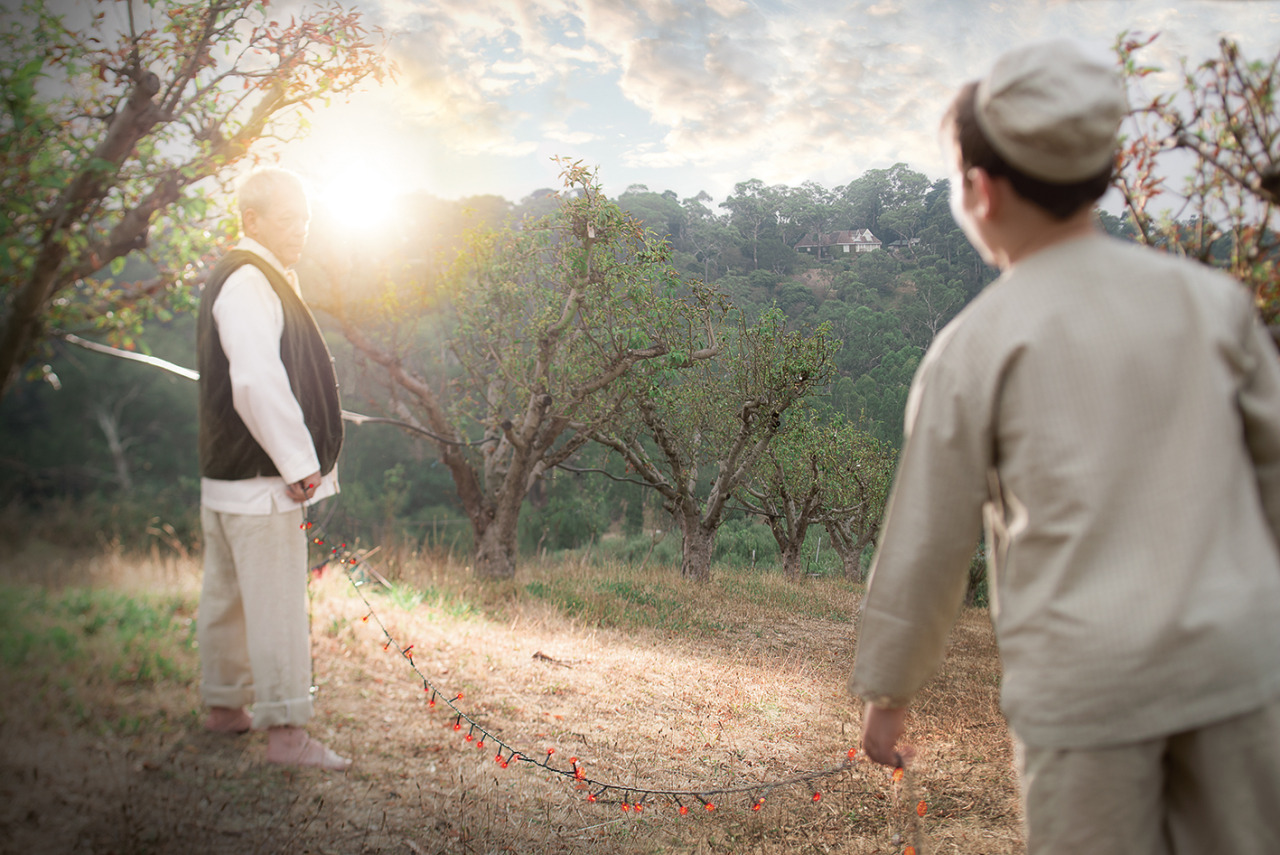
Update
This work forms part of a series that were shot by some of Australia’s leading photographers for a wonderful project call ‘As You Dreamt It’. The brainchild of ad agency BMF, the project engages with newly-arrived immigrants from a variety of countries who now reside at the Woodville housing complex, Sydney. The images have been printed very large and are currently hanging on the outside walls of the Woodville housing complex.
Here’s BMF’s description of the project:
A year ago we held an exhibition called As You Dreamt It. An idea that partnered people and their recurring dreams together with photographers, to recreate their dreams exactly as they were dreamt. Same people, same places and same scenarios – all re-created and then photographed by some of Australia’s best photographers. You can see the project here - www.asyoudreamt.it While this was a great arts project, we were most inspired by what the project did for people. Our dreams are windows into our lives, stories and emotions. Sharing them allows us to share intimate pieces of ourselves.
But they also allow us to all connect over the common human themes that our dreams represent. So in light of this, we searched for an even more ambitious way to realize this projects full human potential.
And here is more on the 'dreamer’ I was partnered with:
Manooche
Nationality:
Iranian
His story:
Manooche is the husband of Monireh, another dreamer in the project. Both from Iran, they met in Australia after fleeing from Iran separately to escape religious persecution for their Bahai faith. The Bahai religion has been outlawed and heavily persecuted in Iran throughout the C20th with oppressive laws and attacks increasing since the downfall of the Shah over 30 years ago. Bahai is seen by the current Iranian government as more a political movement than a religion and the Bahai followers as deserters or apostates from Islam. Monireh and Manooche describe their life in Iran as having been untenable – as their civil liberties were drastically curtailed. Bahai were restricted from benefiting from any government run services - they were unable to secure an education, attend university nor work in any government departments or operations. Any form of spiritual expression was subverted and pushed underground and although its practice continued it was done so secretly and at immense risk. Manooche recounts experiences of persecution since the age of 17. His father was a well-known and highly respected Bahai leader so he & his family were blacklisted by authorities and continually targeted. This culminated in the burning down of the family home when Manooche was just 17 years of age. Manooche describes his life as having been cut down from that day and that he has not been able to recover and rebuild anything substantial since. He still experiences and receives treatment for his psychological torment but does not regret his choices. He is proud that he had the courage, despite the odds and personal sacrifices to stand up for his convictions. Both he and Monireh feel blessed to have met and to have been given a second chance living here in Australia. They are most grateful for the peace, safety and security they feel here. They have a young daughter together.
His dream:
His dream that made a big impact on him, is of him meeting his late father in a beautiful cherry field. Together they walk along and grab cherries together and talk. Cherry fields carry a lot of significance in Iranian culture – representing peace and happiness. His father was a great source of inspiration in his life for what he stood for and stood by. This dream of them together in a cherry field, was for him a feeling of total contentment in life.